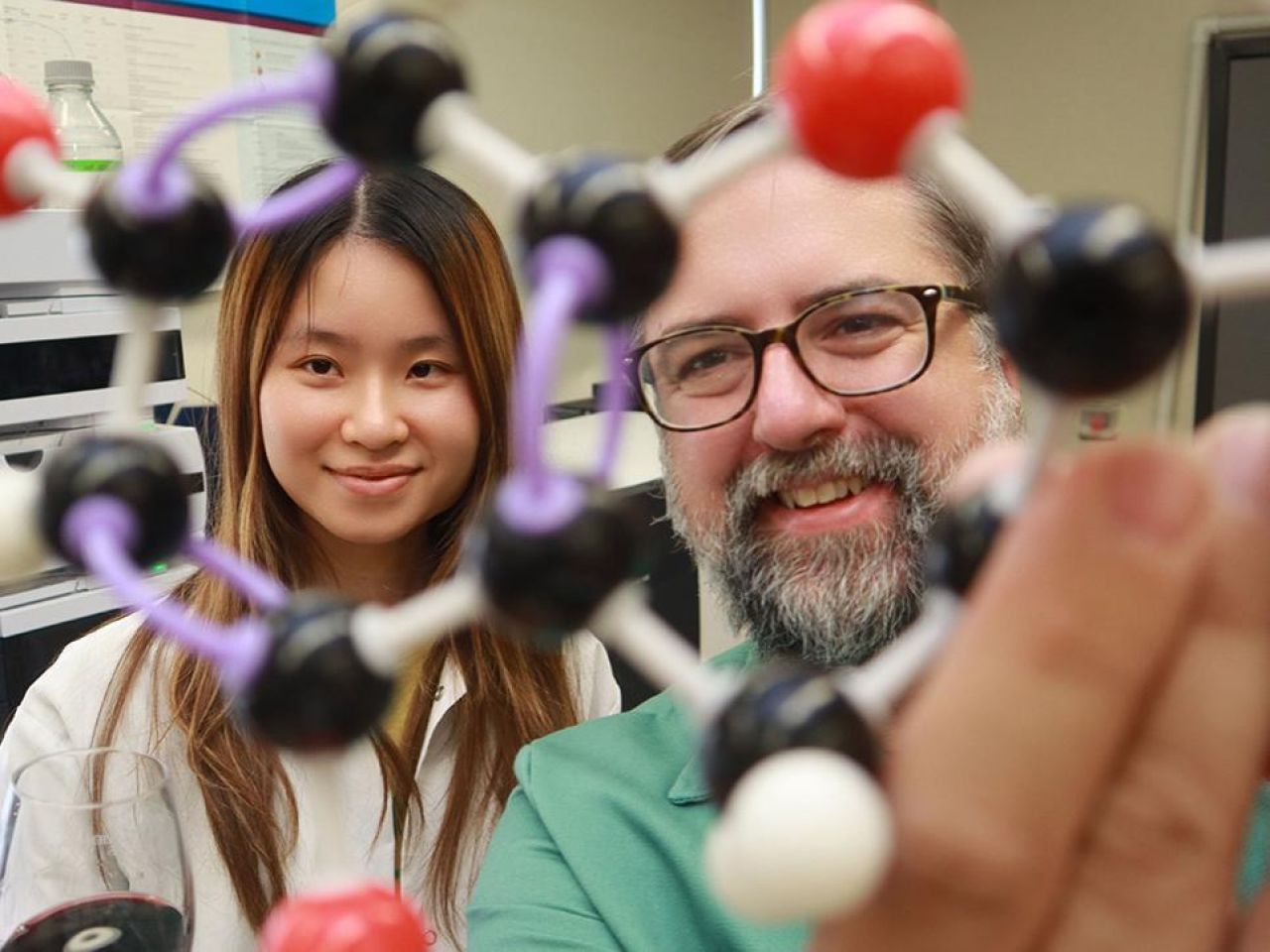June 11, 2025
‘Fingerprinting’ plant compounds helps explain food, drink tastes
For the first time, a team led by researchers at Penn State has developed a method of “fingerprinting” plant compounds called procyanidins, introducing a more sophisticated and accurate way to analyze the perceptual variation in many foods and drinks, including wine and chocolate.

For the first time, a team led by researchers at Penn State has developed a method of “fingerprinting” plant compounds called procyanidins, introducing a more sophisticated and accurate way to analyze the perceptual variation in many foods and drinks, including wine and chocolate.
Credit: https://www.psu.edu/news/research/story/fingerprinting-plant-compounds-helps-explain-food-drink-tastes